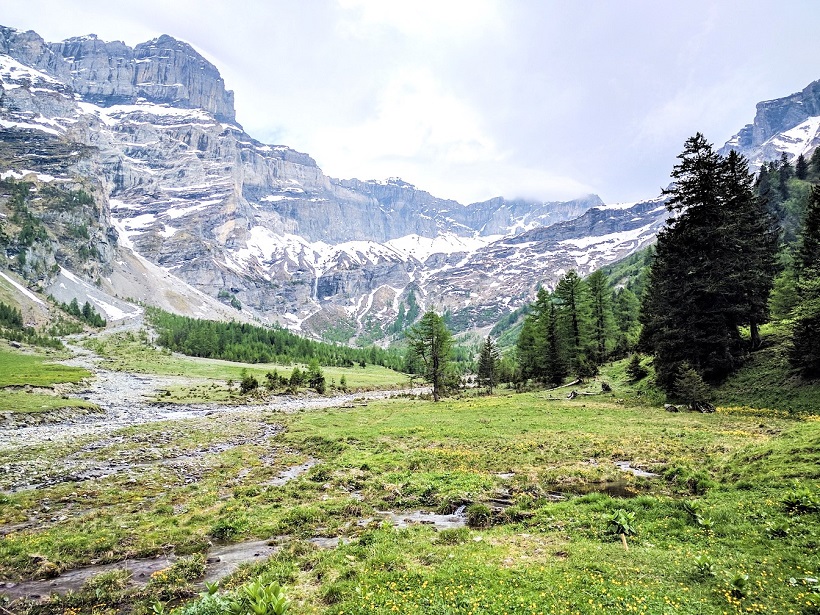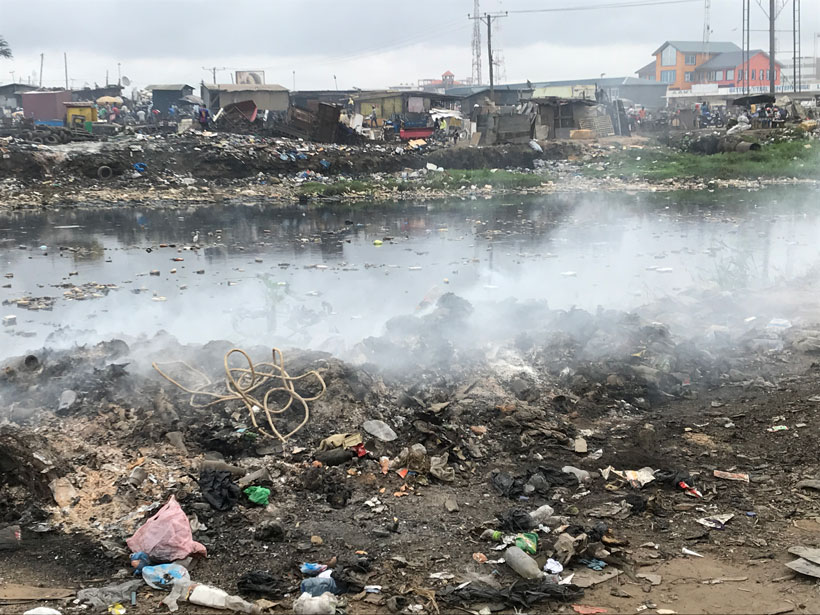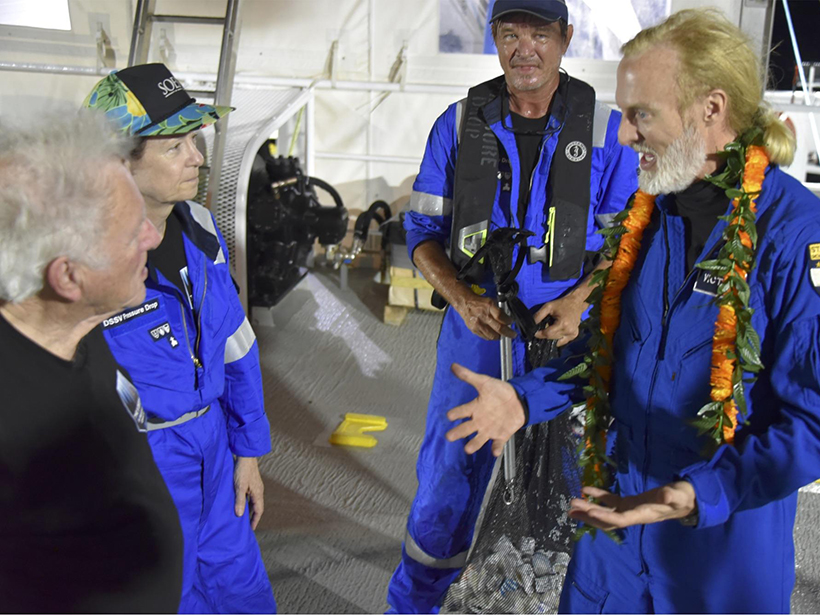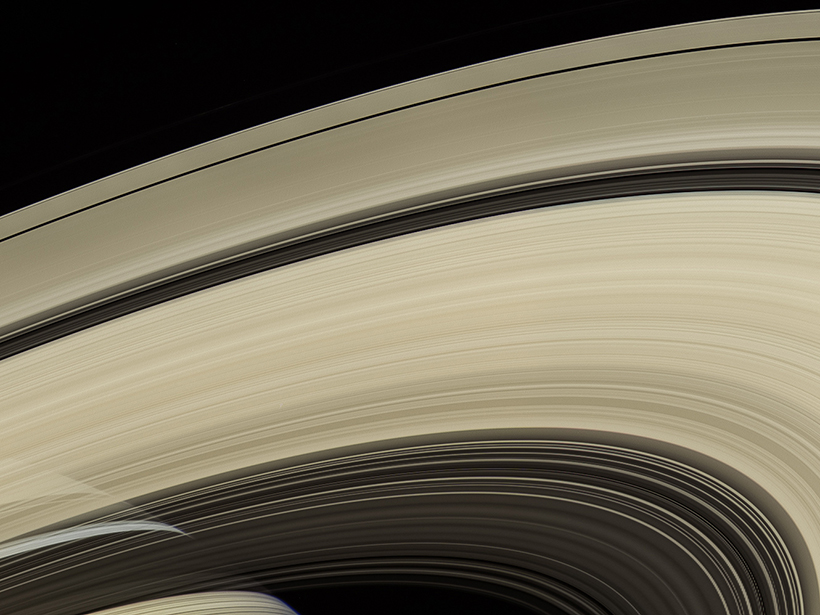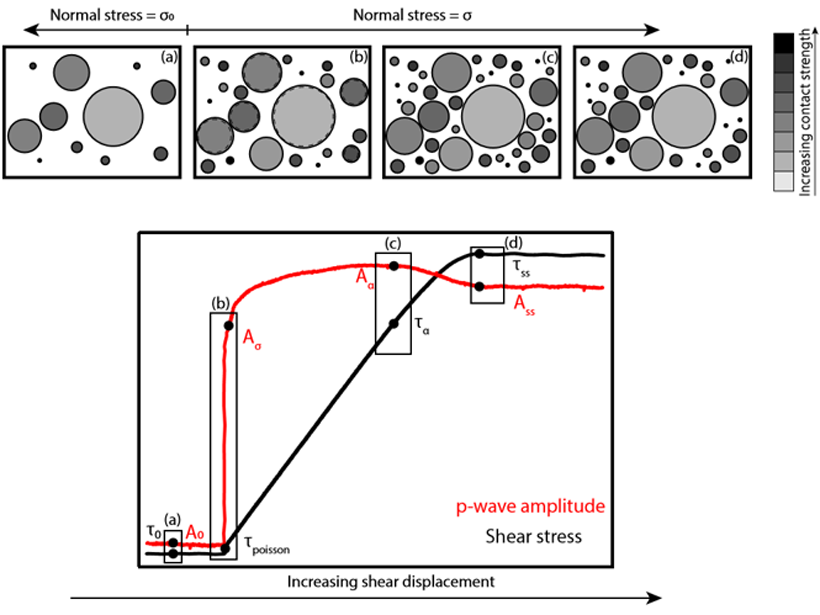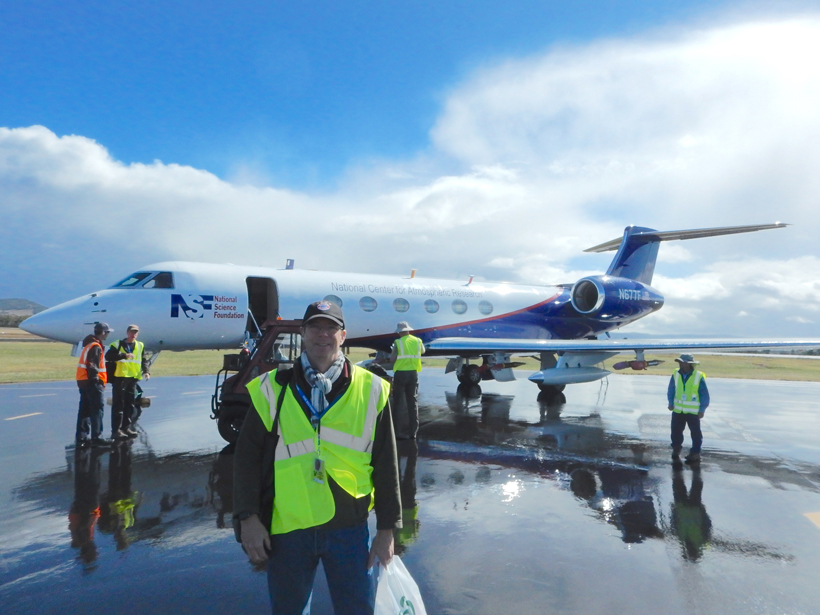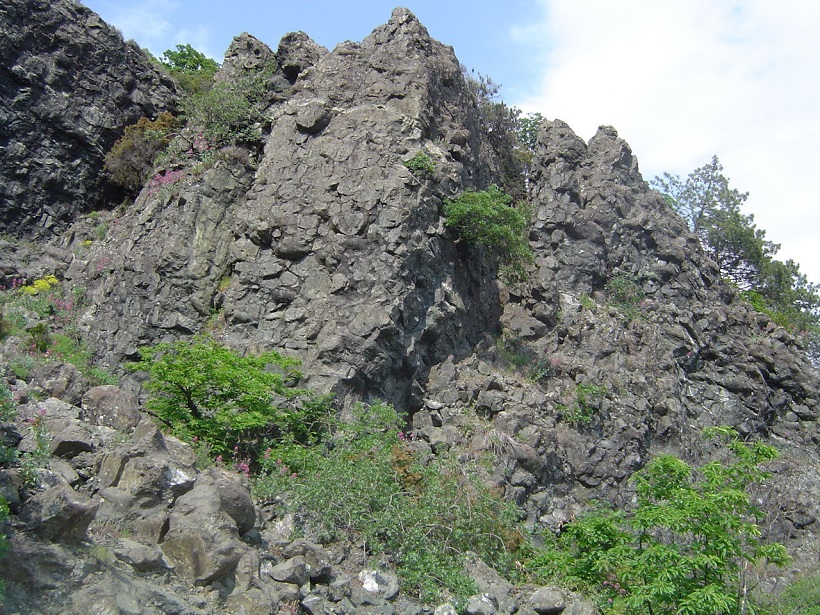An undergraduate project redefines the h-index.
CC BY-NC-ND 2019
How Diverse Observations Improve Groundwater Models
Including diverse observations of exchange fluxes, tracer concentrations and residence times in groundwater model calibration results in more robust predictions than using only classical observations.
Tracking Earth’s Shape Reveals Greater Polar Ice Loss
Researchers offer a solution to better track mass changes in ocean water and polar ice.
Antibiotics Are Flooding Earth’s Rivers
The drugs can lead to drug-resistant bacteria and deadly infections.
Limiting Factor Was a Science Opportunity for a Deep-Sea Geologist
For Mariana Trench expert Patricia Fryer, an extreme explorer’s record-setting dive was a chance to retrieve some of the deepest samples ever collected.
How Cassini Ran Rings Around Saturn and What It Helped Us Learn
Once and future rings: During its final 22 orbits, the Cassini spacecraft provided a completely new look at one of our solar system’s most famous features.
Laboratory Study Probes Triggering Mechanisms of Earthquakes
A new experimental technique traces the state of a shearing fault gouge and shows for the first time how friction of a fault surface can change as a function of varying normal stress.
Transcending Science: Can Artists Help Scientists Save the World?
The artistic process begins with human engagement. Perhaps the revolution we need to address climate change begins by making it an integral part of the scientific method.
Latest Climate Model Points to Hotter Earth
The model’s dire forecast matches those of other leading models.
Age and Speed Matter in the Formation of New Oceanic Crust
A synthesis of data from studies in different ocean basins reveals that the characteristics of oceanic crust are shaped by age and spreading rate.


